Home>Gardening & Outdoor>Plant Care & Gardening Tips>What Native American Plant Helps With Bad Toothache In South Dakota
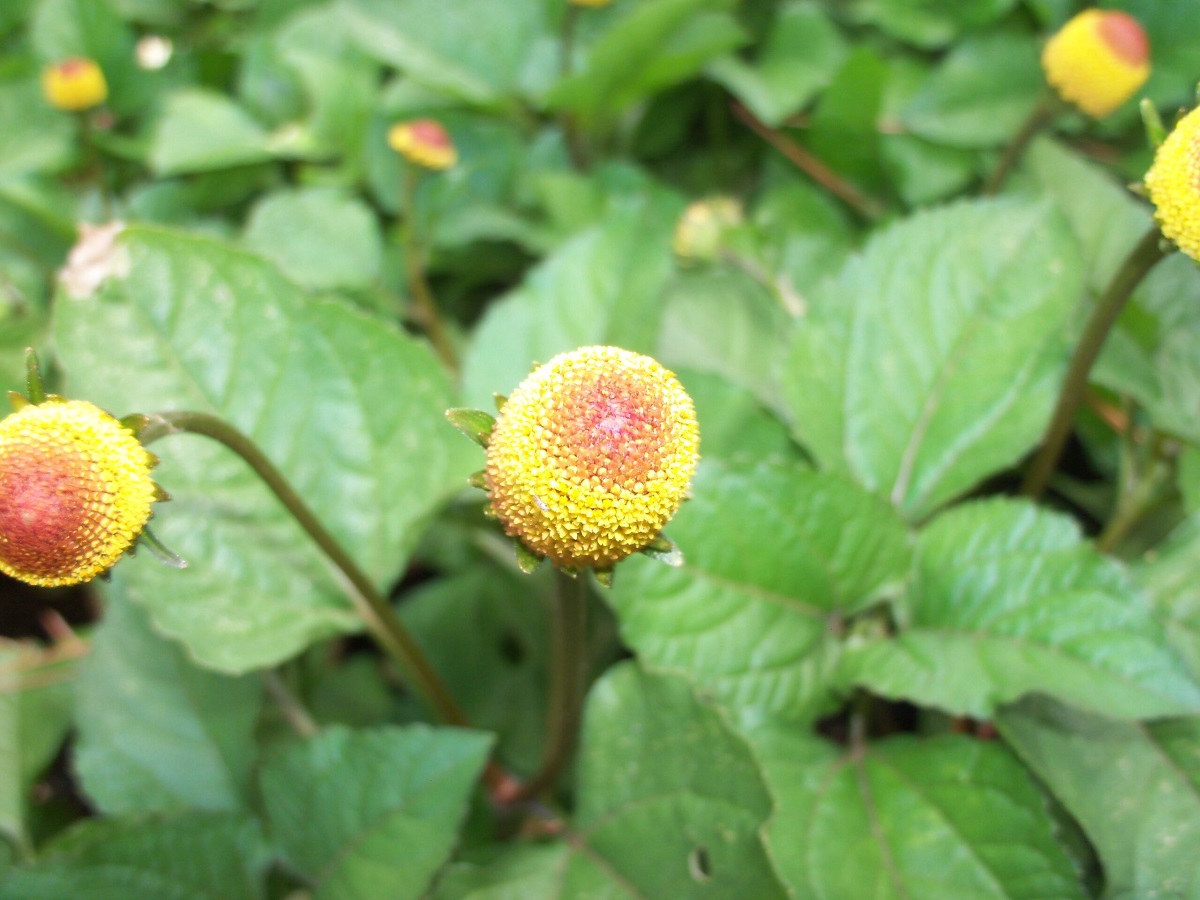

Plant Care & Gardening Tips
What Native American Plant Helps With Bad Toothache In South Dakota
Published: December 25, 2023
Discover how traditional Native American plant remedies can provide relief for bad toothaches in South Dakota. Learn more about plant care and gardening tips.
(Many of the links in this article redirect to a specific reviewed product. Your purchase of these products through affiliate links helps to generate commission for Storables.com, at no extra cost. Learn more)
Introduction
Native American traditional medicine has a rich history of using natural remedies for various ailments, including dental pain. In South Dakota, the use of native plants for toothache relief has been a longstanding practice among indigenous communities. One such plant, known for its remarkable medicinal properties, has been a source of natural healing for generations. This article explores the tradition of using native American plants for dental pain, delving into the specific plant renowned for its efficacy in alleviating toothaches. Additionally, it sheds light on the cultural significance of this practice, highlighting the profound connection between nature, healing, and indigenous traditions. Understanding the historical and medicinal aspects of this native plant not only provides valuable insights into traditional healing methods but also offers a holistic approach to addressing dental discomfort. Let's embark on a journey to uncover the remarkable healing powers of this native American plant and its role in alleviating toothache in South Dakota.
Key Takeaways:
- The Echinacea angustifolia, a native American plant in South Dakota, has powerful properties that can help ease toothaches. It’s like nature’s own medicine for dental pain, passed down through generations.
- Using native American plants like Echinacea angustifolia for healing isn’t just about medicine. It’s a deep connection to nature, culture, and tradition, showing the wisdom and resilience of indigenous communities.
The Tradition of Using Native American Plants for Dental Pain
For centuries, indigenous communities in South Dakota have relied on traditional healing practices, including the use of native plants, to address various health concerns. When it comes to dental pain, the rich tradition of utilizing native American plants as natural remedies has been a cornerstone of indigenous healthcare. The deep-rooted knowledge passed down through generations has imparted a profound understanding of the healing properties of these plants, making them invaluable resources for alleviating toothaches.
Within the context of native American culture, the use of plants for medicinal purposes is not merely a pragmatic approach to healthcare but also a spiritual and cultural practice. The interconnectedness of the land, the people, and the plants is central to this tradition, reflecting a holistic worldview that emphasizes harmony and balance. The wisdom of utilizing native plants for dental pain not only underscores the resourcefulness of indigenous communities but also highlights the reverence and respect for the natural world.
Furthermore, the tradition of using native American plants for dental pain serves as a testament to the resilience and ingenuity of indigenous healing practices. Despite the passage of time and evolving healthcare landscapes, the reliance on these traditional remedies persists, underscoring their enduring efficacy and cultural significance. The profound connection between the land and its healing flora has sustained the indigenous communities through adversity, preserving a vital aspect of their heritage amidst modern challenges.
As we delve deeper into the medicinal properties and cultural significance of the specific native American plant renowned for its efficacy in alleviating toothaches, we gain a deeper appreciation for the enduring legacy of traditional healing practices within indigenous communities in South Dakota.
Understanding the Medicinal Properties of the Native American Plant
The native American plant revered for its remarkable medicinal properties in addressing dental pain is the Echinacea angustifolia, commonly known as the narrow-leaved purple coneflower. This resilient and vibrant perennial herb, native to the prairies of South Dakota, has been a cornerstone of traditional healing practices among indigenous communities. The Echinacea angustifolia possesses a diverse array of medicinal properties that make it a potent natural remedy for toothaches and various other health conditions.
One of the key medicinal properties of Echinacea angustifolia is its potent anti-inflammatory effects. When used for toothache relief, the plant’s anti-inflammatory compounds help reduce swelling and alleviate the associated discomfort, providing soothing relief to the affected area. Additionally, its analgesic properties contribute to numbing the pain, offering respite from the intense discomfort caused by dental issues.
Beyond its anti-inflammatory and analgesic effects, Echinacea angustifolia also exhibits remarkable antimicrobial properties. This is particularly beneficial in addressing toothaches, as the plant’s antimicrobial compounds help combat oral bacteria, mitigating the underlying cause of the dental pain. By targeting the microbial factors contributing to the toothache, the Echinacea angustifolia not only provides temporary relief but also supports the body’s natural healing processes.
Furthermore, the Echinacea angustifolia is known for its immunostimulant properties, bolstering the body’s immune response. This is significant in the context of dental pain, as a strengthened immune system can aid in combating oral infections and promoting overall oral health. The plant’s ability to enhance the body’s immune function contributes to its comprehensive approach to addressing dental discomfort, aligning with the holistic principles of traditional healing.
Understanding the multifaceted medicinal properties of the Echinacea angustifolia illuminates its efficacy as a natural remedy for toothaches. The plant’s anti-inflammatory, analgesic, antimicrobial, and immunostimulant properties collectively underscore its role as a valuable resource for indigenous communities in South Dakota, offering a holistic approach to dental pain relief rooted in centuries-old wisdom.
Chewing on the root of the Yarrow plant can help relieve toothache pain. This plant is commonly found in South Dakota and has been used by Native Americans for its medicinal properties.
How to Use the Native American Plant for Toothache Relief
The utilization of the Echinacea angustifolia for toothache relief encompasses a time-honored process deeply embedded within indigenous healing traditions. The preparation and application of this native American plant for addressing dental pain involve a meticulous and purposeful approach, reflecting the profound understanding of its medicinal properties.
One of the primary methods of using the Echinacea angustifolia for toothache relief is through the preparation of a soothing herbal infusion. This involves steeping the dried or fresh roots and leaves of the plant in hot water, allowing the beneficial compounds to infuse into the liquid. The resulting herbal infusion, when cooled to a comfortable temperature, can be used as a mouth rinse, providing direct contact with the affected area and delivering the plant’s medicinal benefits to alleviate dental discomfort.
Another traditional method involves creating a poultice using the Echinacea angustifolia. The roots and leaves of the plant are carefully mashed or ground to form a paste, which is then applied topically to the area experiencing toothache. This direct application allows the potent medicinal properties of the plant to exert their soothing and healing effects, offering targeted relief to the affected oral region.
Furthermore, the Echinacea angustifolia can be used in the form of a tincture, which involves extracting the plant’s beneficial compounds using alcohol or glycerin. This concentrated liquid preparation can be diluted and used as a mouthwash or applied directly to the affected area, harnessing the plant’s medicinal properties for effective toothache relief.
It is important to note that the utilization of the Echinacea angustifolia for toothache relief is deeply rooted in the holistic principles of indigenous healing, emphasizing a comprehensive approach to addressing dental discomfort. The meticulous preparation and purposeful application of the plant’s derivatives underscore the profound connection between nature, tradition, and healing within indigenous communities.
By understanding and honoring the traditional methods of using the Echinacea angustifolia for toothache relief, we not only embrace the efficacy of this native American plant as a natural remedy but also pay homage to the enduring wisdom of indigenous healing practices in South Dakota.
The Cultural Significance of Using Native American Plants for Healing
Within indigenous communities in South Dakota, the utilization of native American plants for healing, including the Echinacea angustifolia for dental pain relief, holds profound cultural significance that transcends mere medicinal application. The practice of harnessing the healing properties of these plants is deeply intertwined with the spiritual, social, and cultural fabric of indigenous traditions, reflecting a holistic approach to healthcare that resonates with the interconnectedness of all aspects of life.
At the core of the cultural significance lies the profound reverence for the land and its natural resources. The indigenous communities’ deep understanding of the local flora, passed down through generations, is a testament to the intimate relationship with the environment and the inherent wisdom derived from this connection. The use of native American plants for healing embodies a harmonious coexistence with the natural world, emphasizing the reciprocal relationship between humans and the earth.
Furthermore, the cultural significance of using native American plants for healing is intricately woven into the spiritual beliefs and practices of indigenous communities. The act of gathering, preparing, and applying these plants for medicinal purposes is imbued with ceremonial significance, often accompanied by prayers and rituals that honor the plant’s healing properties and express gratitude for its assistance in alleviating suffering. This spiritual dimension underscores the holistic nature of indigenous healing, acknowledging the interconnectedness of body, mind, spirit, and the natural world.
Moreover, the cultural significance extends to the preservation and transmission of traditional knowledge and practices within indigenous communities. The continued reliance on native American plants for healing not only sustains ancient wisdom but also serves as a means of cultural preservation and resilience. By upholding these traditions, indigenous communities in South Dakota reaffirm their identity, resilience, and commitment to maintaining their cultural heritage amidst evolving societal dynamics.
Embracing the cultural significance of using native American plants for healing offers a profound insight into the holistic worldview of indigenous communities, emphasizing the interconnectedness of health, spirituality, culture, and the environment. The enduring practice of harnessing the healing powers of the Echinacea angustifolia for dental pain relief reflects the resilience, wisdom, and cultural richness of indigenous traditions in South Dakota.
Conclusion
The tradition of using native American plants for dental pain relief, particularly the remarkable efficacy of the Echinacea angustifolia in addressing toothaches, embodies the enduring wisdom, cultural significance, and holistic approach to healing within indigenous communities in South Dakota. The profound connection between nature, tradition, and healing is intricately woven into the fabric of indigenous healthcare practices, reflecting a holistic worldview that emphasizes harmony, respect for the land, and the interconnectedness of all living beings.
Understanding the historical and medicinal aspects of the Echinacea angustifolia sheds light on the resilience and resourcefulness of indigenous healing traditions, offering valuable insights into the enduring legacy of traditional remedies. The plant’s multifaceted medicinal properties, including its anti-inflammatory, analgesic, antimicrobial, and immunostimulant effects, underscore its role as a potent natural remedy for toothaches, aligning with the holistic principles of indigenous healing.
Furthermore, the cultural significance of using native American plants for healing transcends mere medicinal application, encompassing spiritual, social, and ceremonial dimensions that affirm the interconnectedness of health, culture, and the environment. The practice of harnessing the healing powers of the Echinacea angustifolia reflects a profound reverence for the land, the preservation of traditional knowledge, and the resilience of indigenous communities in South Dakota.
Embracing the tradition of using native American plants for dental pain relief not only honors the enduring wisdom of indigenous healing practices but also offers a holistic approach to addressing dental discomfort rooted in centuries-old traditions. The meticulous preparation and purposeful application of the Echinacea angustifolia for toothache relief serve as a testament to the profound connection between nature, tradition, and healing within indigenous communities.
In essence, the tradition of using native American plants for dental pain relief, exemplified by the remarkable healing properties of the Echinacea angustifolia, embodies the resilience, wisdom, and cultural richness of indigenous traditions in South Dakota, offering valuable insights into the interconnectedness of health, culture, and the natural world.
Frequently Asked Questions about What Native American Plant Helps With Bad Toothache In South Dakota
Was this page helpful?
At Storables.com, we guarantee accurate and reliable information. Our content, validated by Expert Board Contributors, is crafted following stringent Editorial Policies. We're committed to providing you with well-researched, expert-backed insights for all your informational needs.
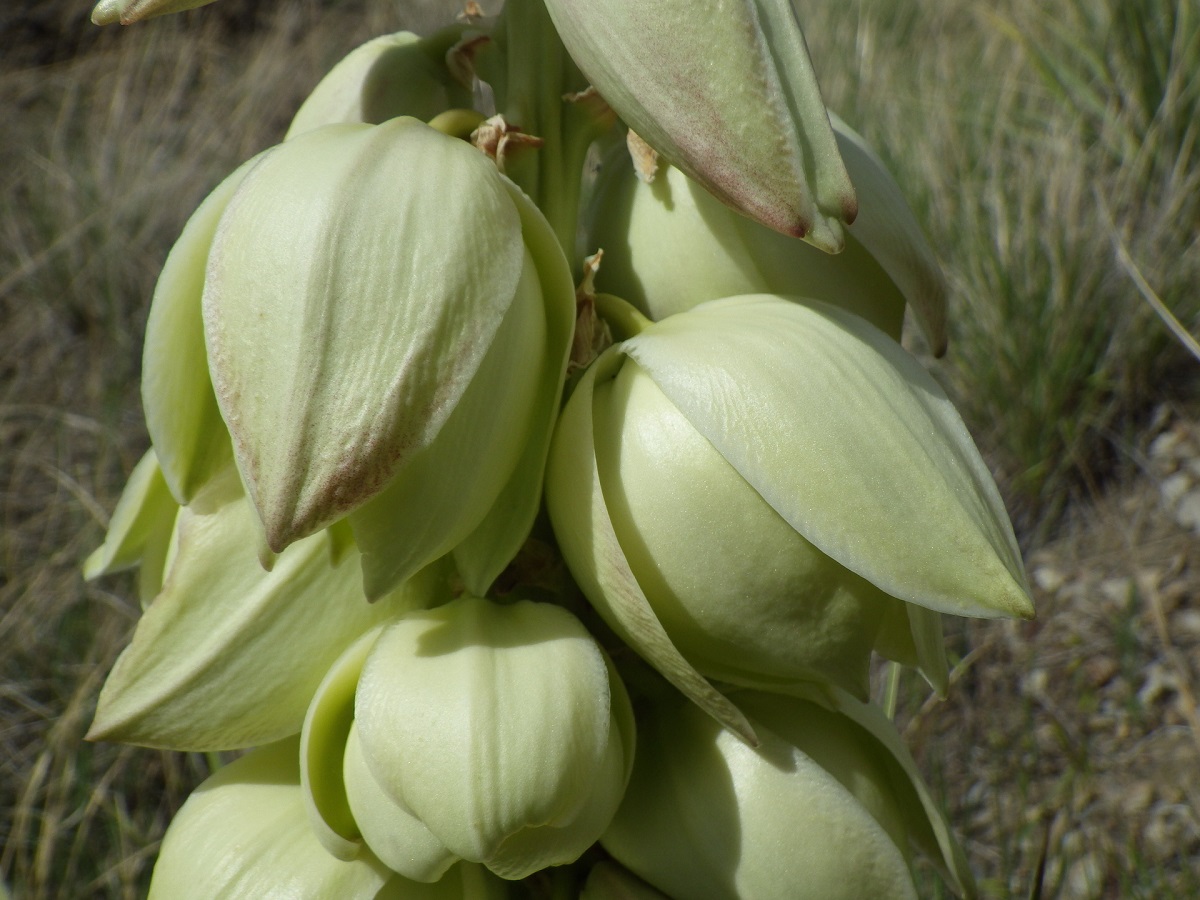
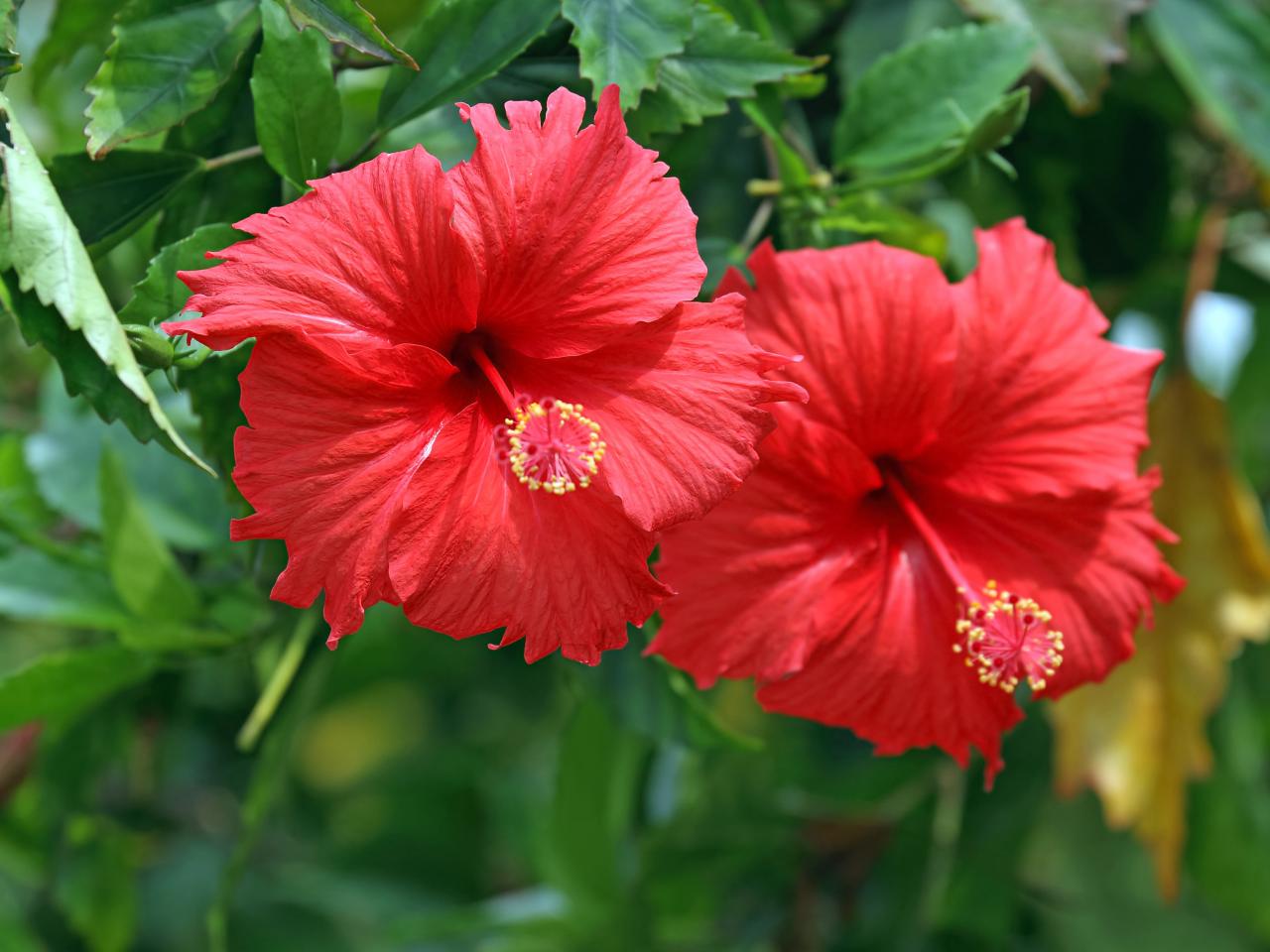
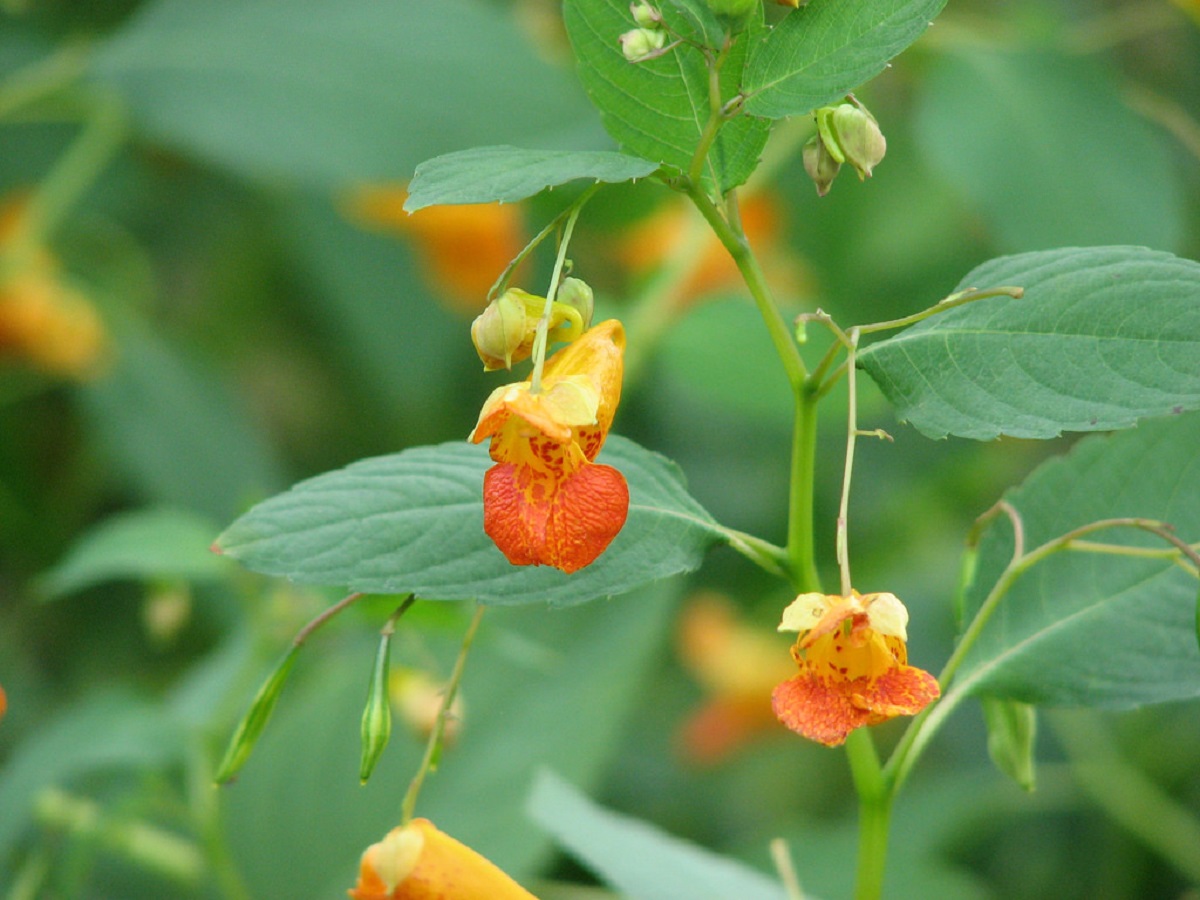
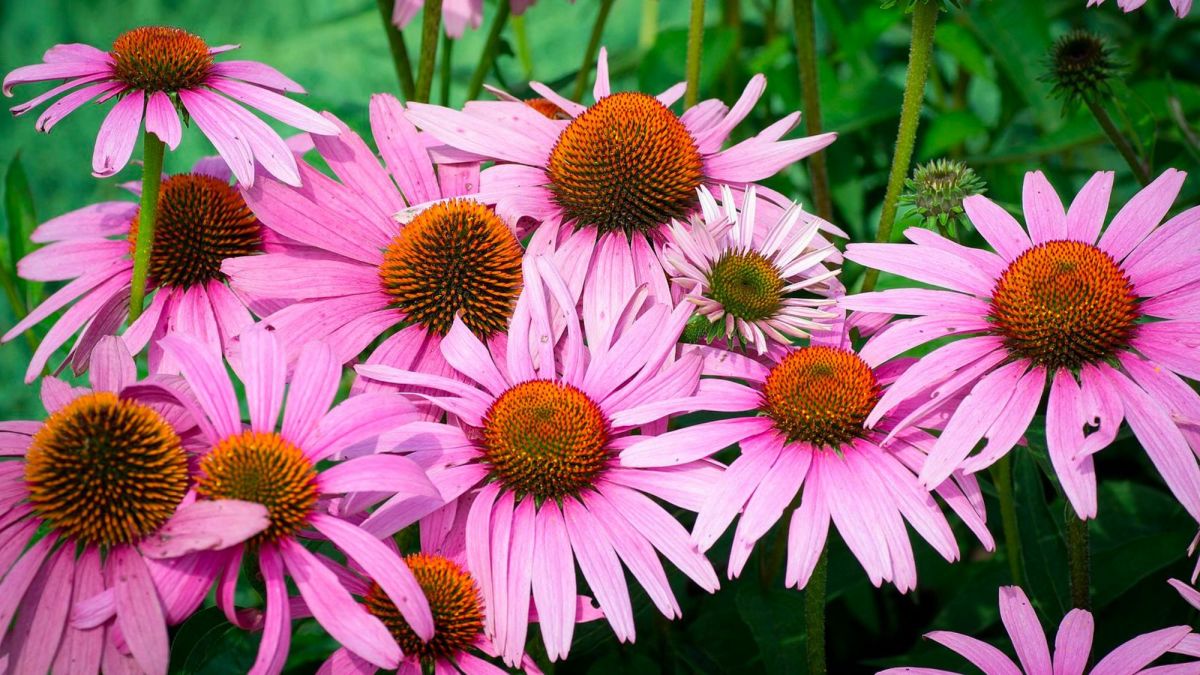

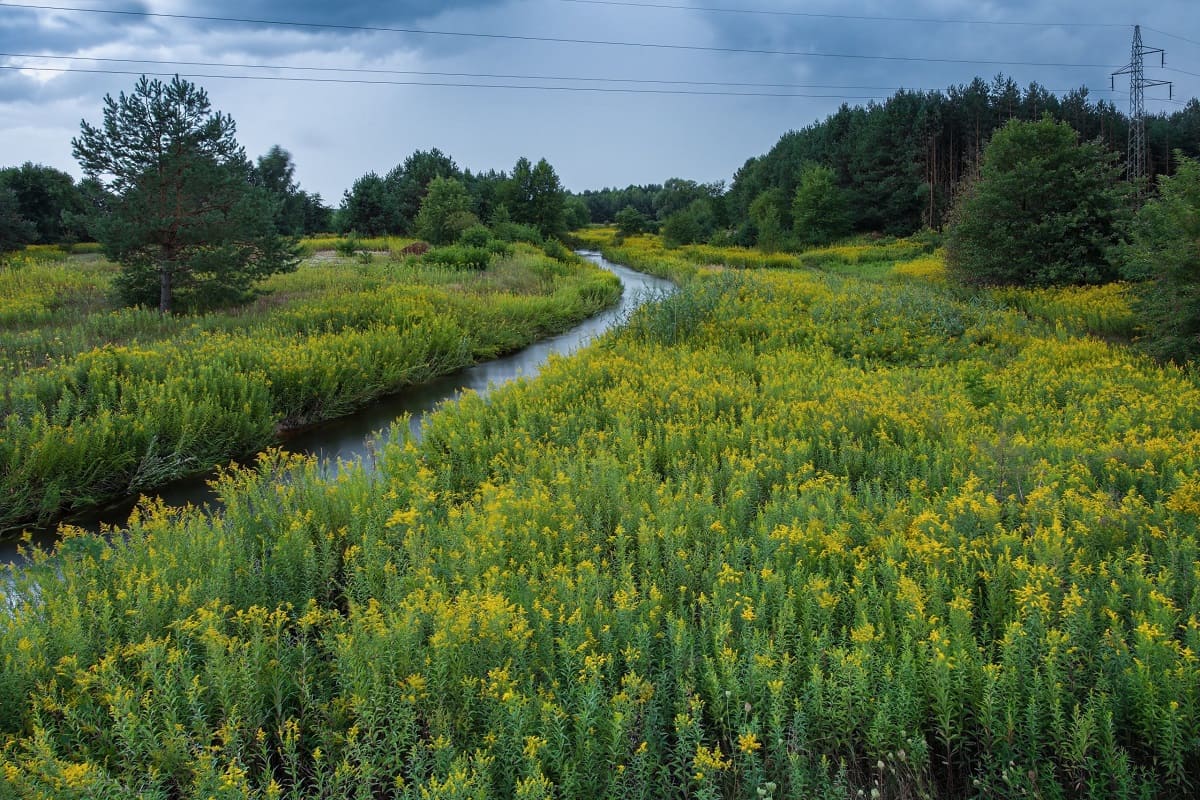


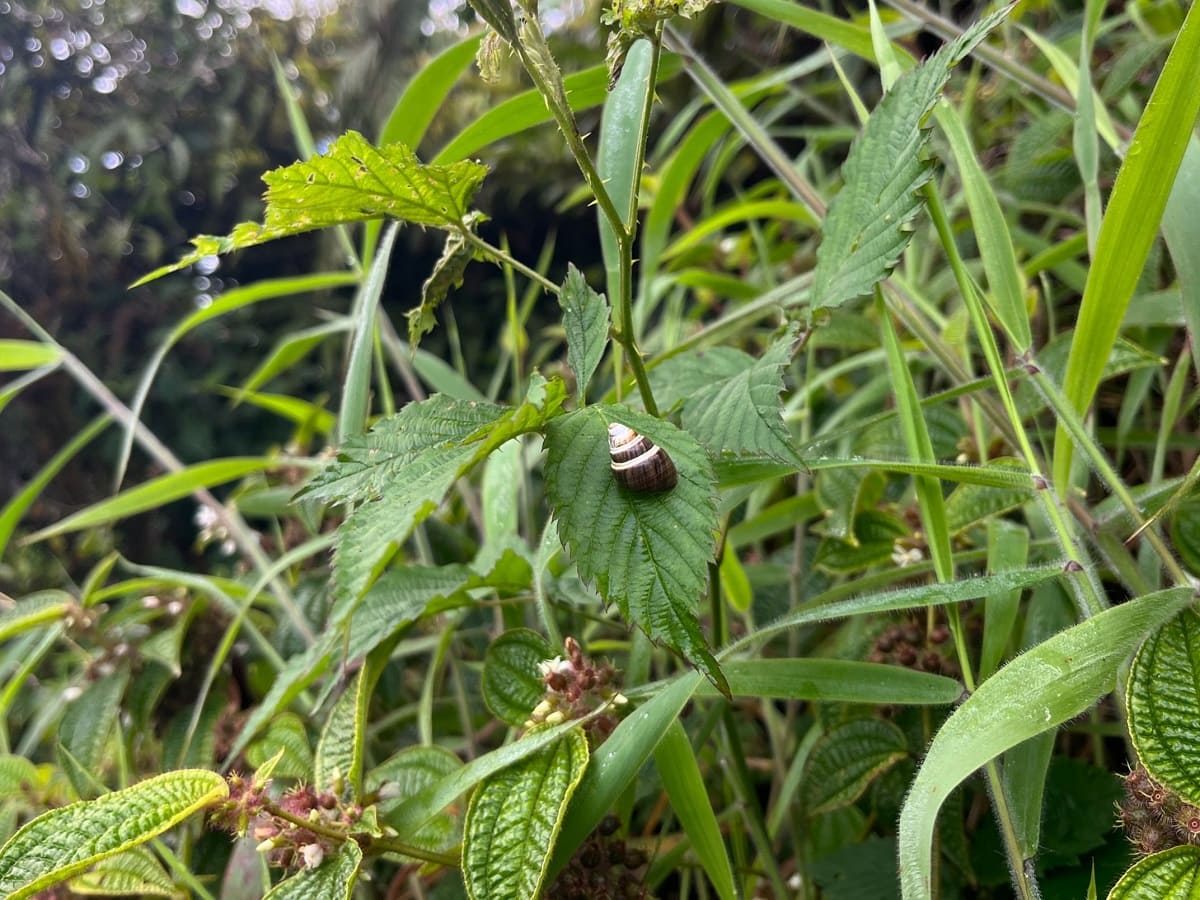
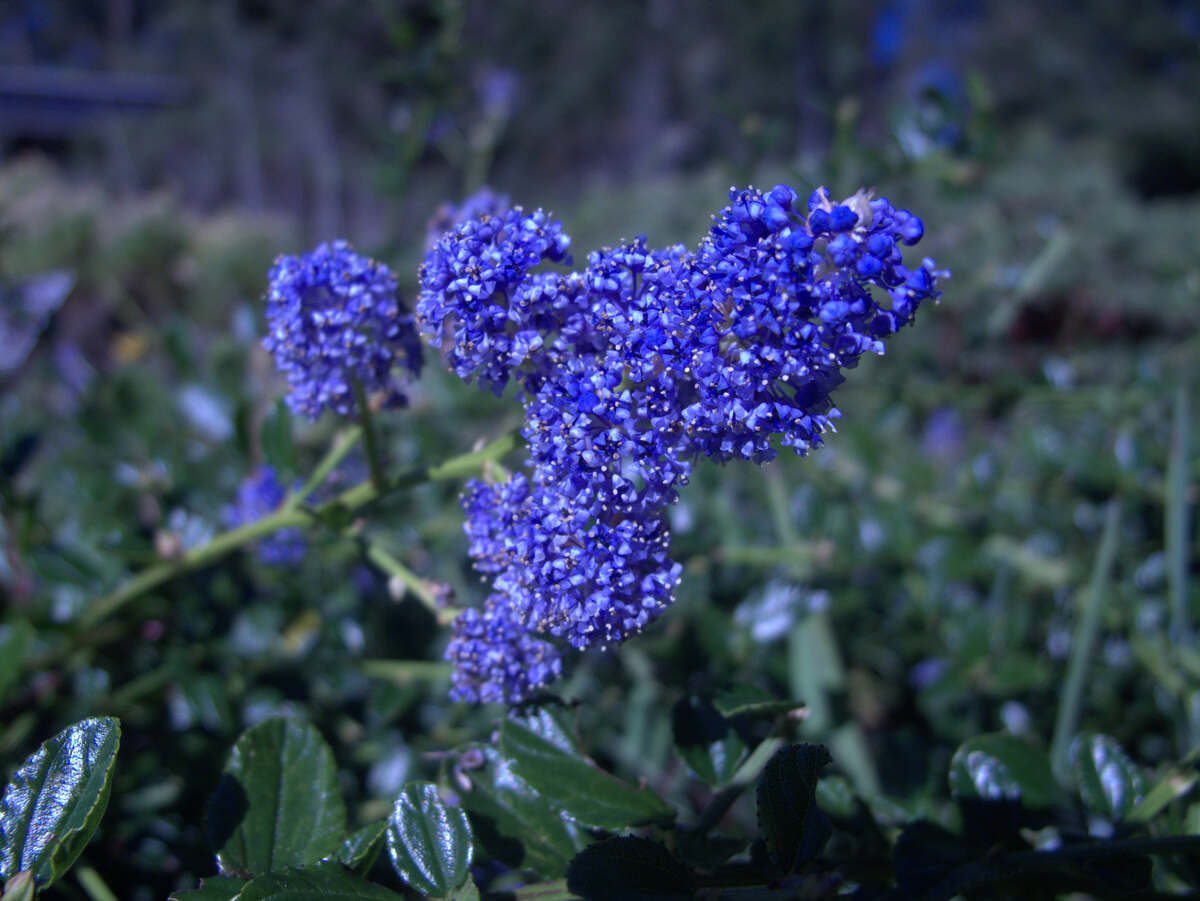
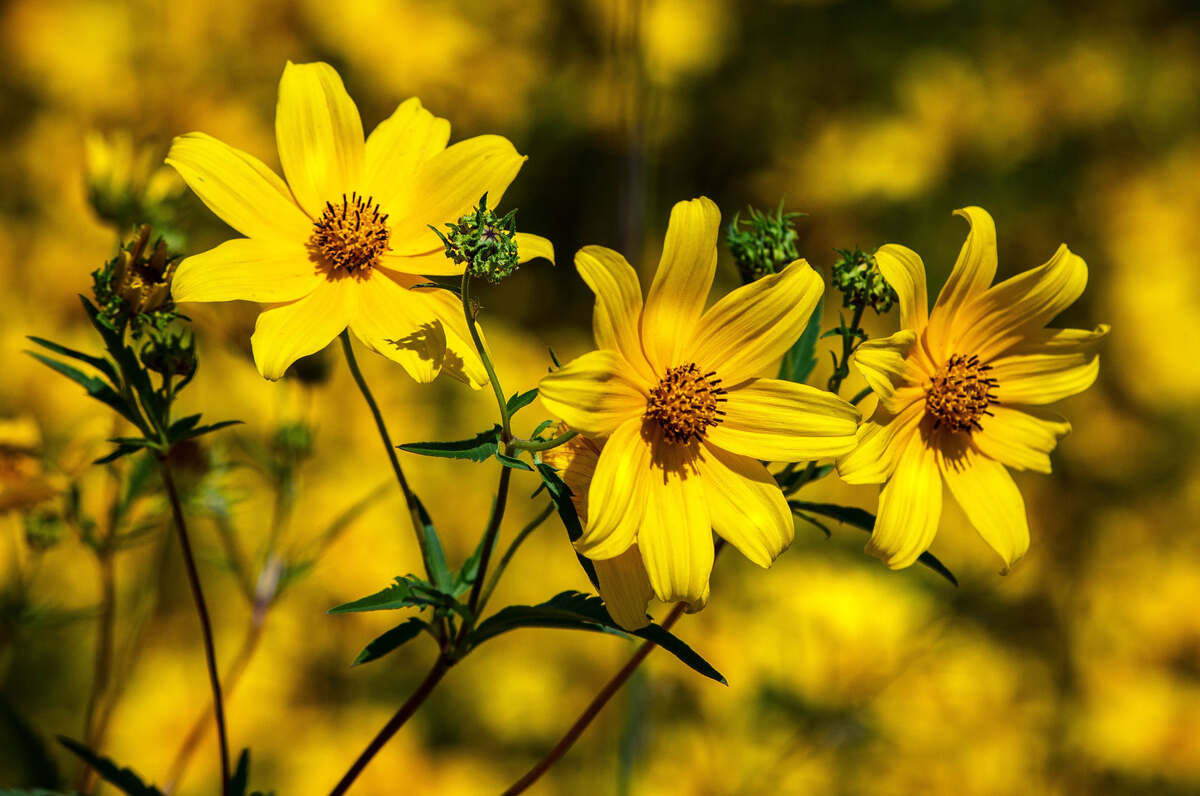
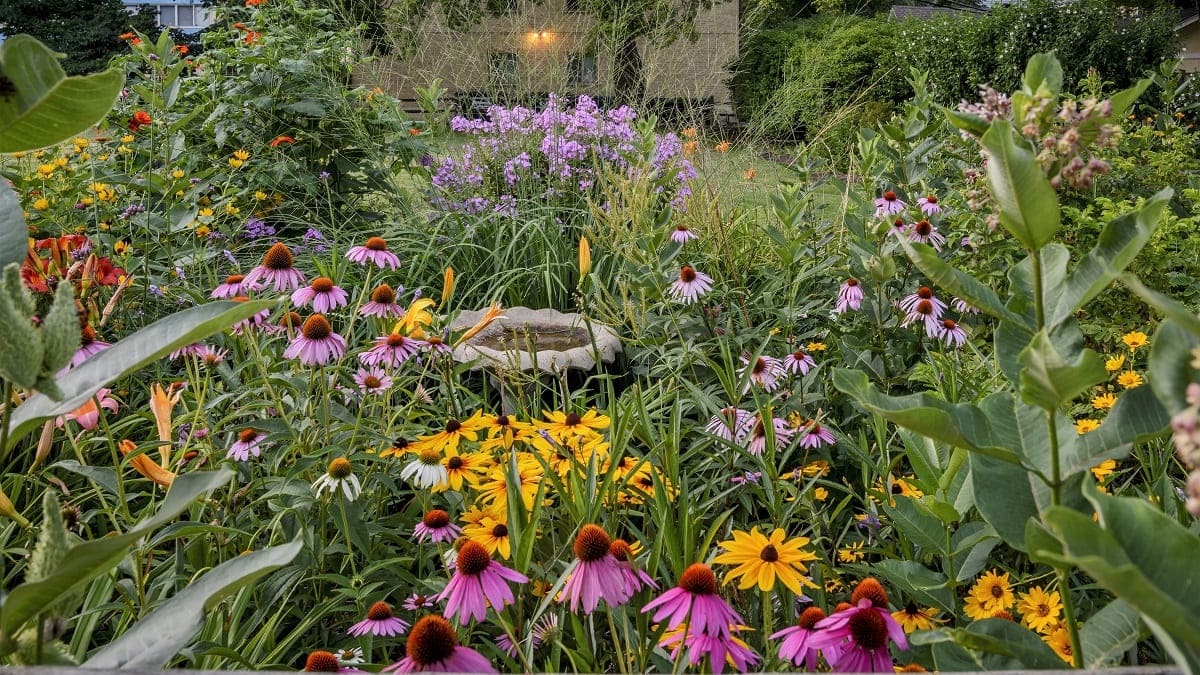
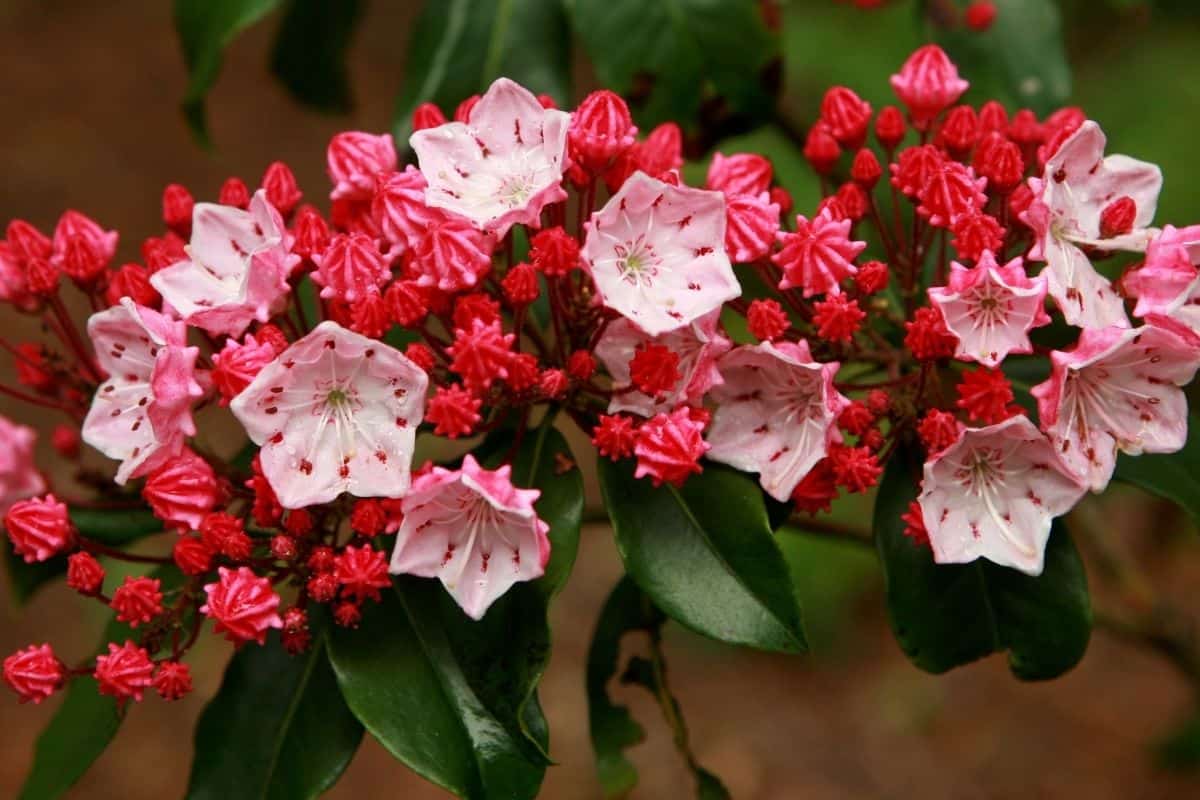
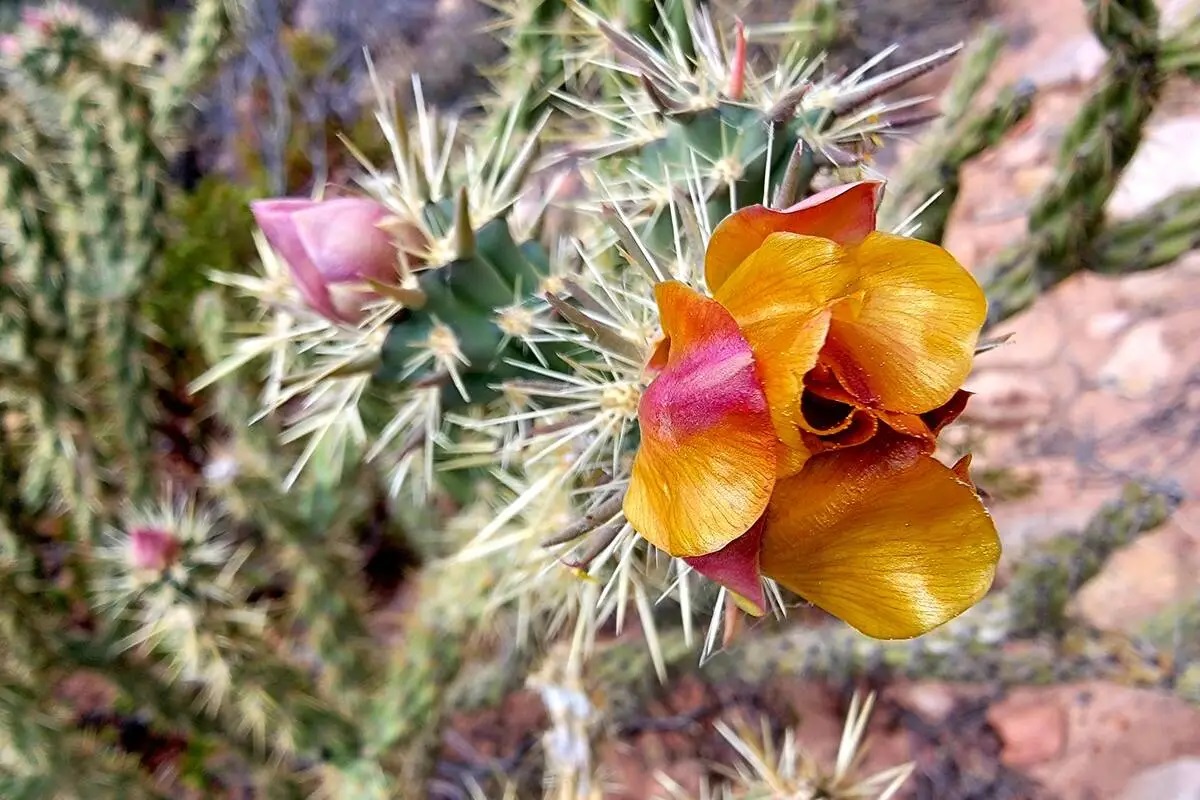

0 thoughts on “What Native American Plant Helps With Bad Toothache In South Dakota”